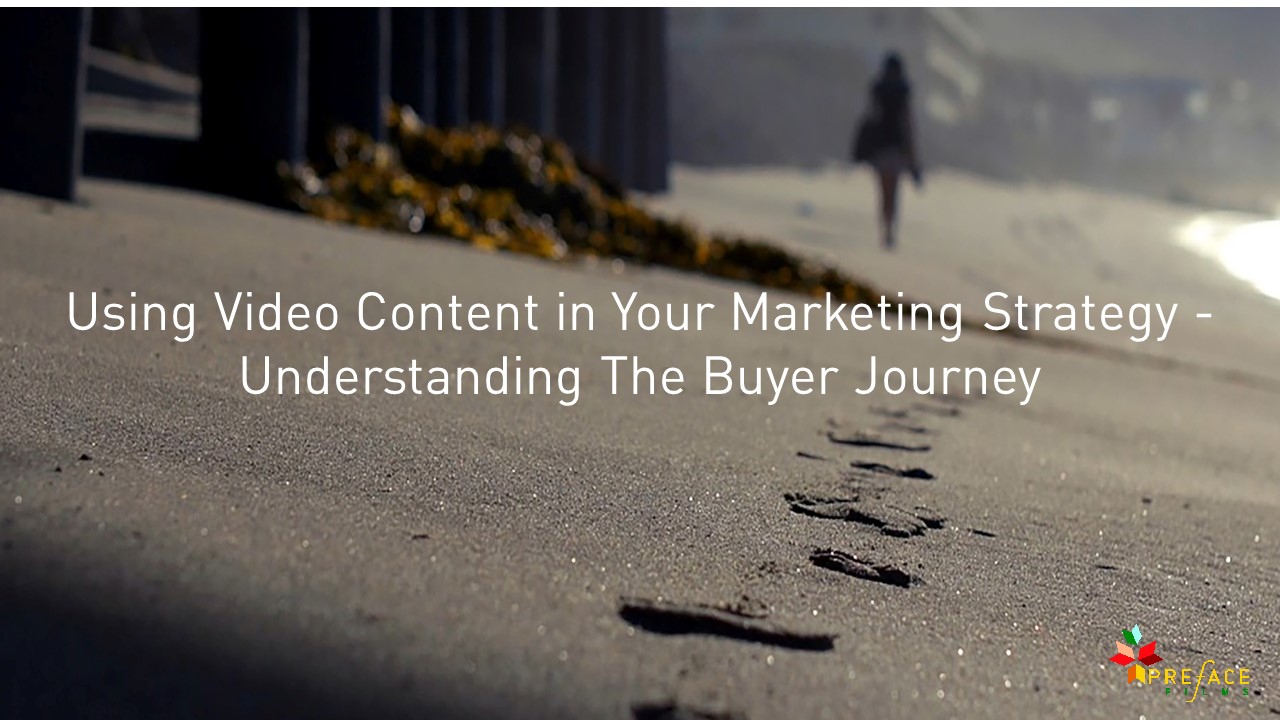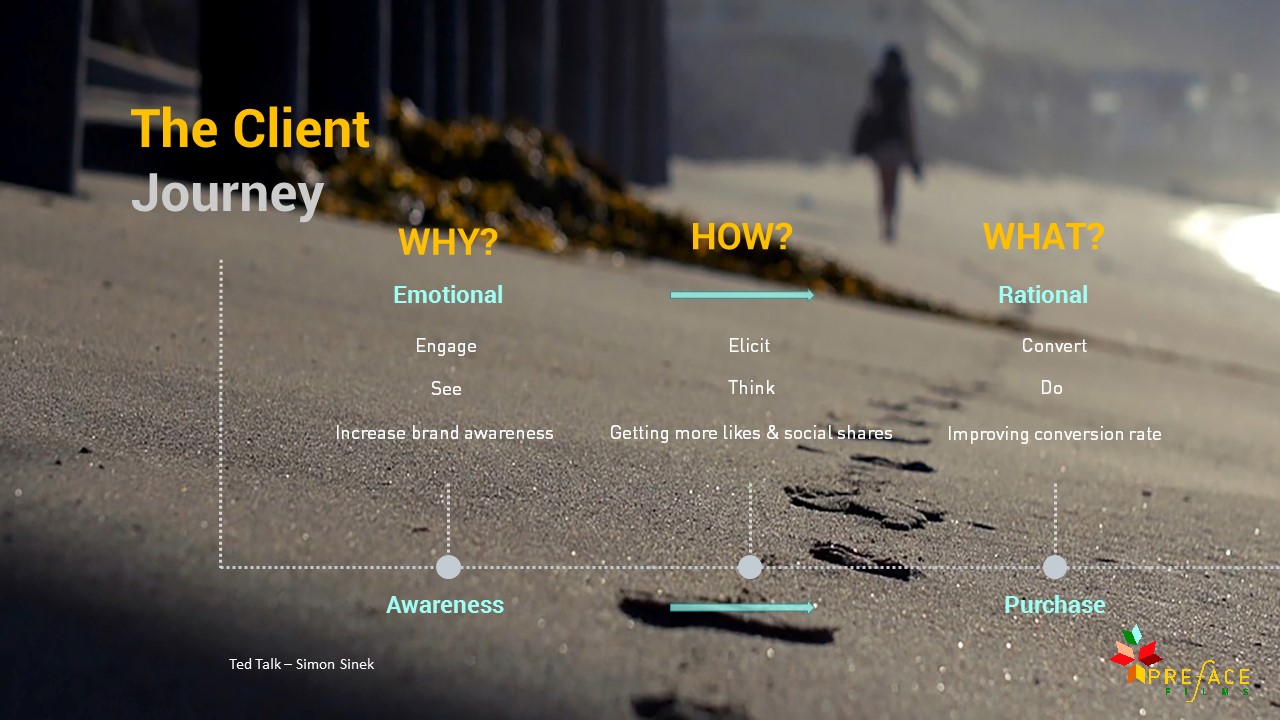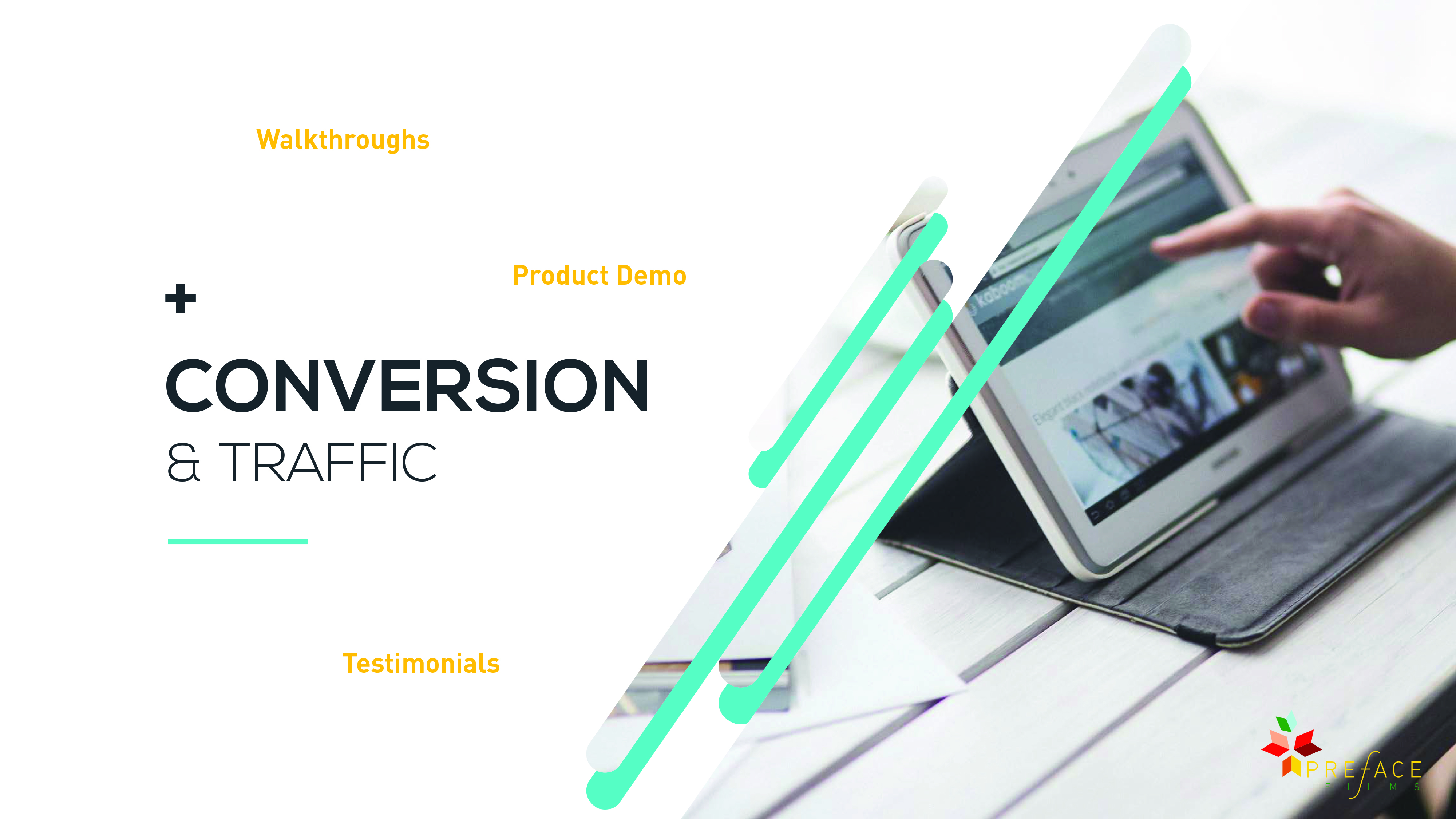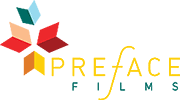
Why it is Important to Understand the Buyer Journey
There are 3 steps in the Buyer Journey including:
1. Why – The Importance of Emotional Connection
2. How – Getting the Right People to Notice?!
3. What – The Final Rational Decision to Buy / Act (AKA conversion!)
I like to visualise the 3 steps in the buyer journey as a timeline (as per the diagram below). While there are not specific dates, there is a natural order that shows us when a client travels that road, creating a visual that helps my clients understand the need to plan appropriate and relevant content for each step.

Every business owner wants to convert their leads into sales and so tends to focus on Step 2 and 3 before considering the importance of Step 1. This makes sense, as conversion is the end game and means more income and revenue for your business. What people can sometimes forget is that there is a journey that every buyer travels. It’s a journey that applies to both the B2C as well as B2B buying cycle.
Understanding your buyer’s journey is important because it creates an opportunity to market and create content correctly. In the digital age, with video well ahead of other content as people’s first choice to consume information online, you must showcase your organisational brand professionally and have all the tools and content for your buyer to experience. The goal is to maximise the opportunity for people to discover your business via numerous touch points.
It is also important to acknowledge that the buyer doesn’t have to be a consumer . . it may be a staff member, a stakeholder or a member of your membership organisation who you are trying to influence. They are all buyers or investors of your business and the journey often begins by engaging them emotionally (Step 1) in the buyer journey, to lead down the path to conversion!
1. Why – The Importance of Emotional Connection
The “why” is an emotional connection and it’s the first stage of awareness. Anyone whose watched or heard Simon Sinek speak, will know that this makes perfect sense. If you think about yourself as the buyer, your “why” will create the first action – engagement.
Your “why” for a buyer is now more important to communicate than ever!
You don’t need me to tell you that achieving brand awareness is one of THE trickiest things to communicate to a buyer. It’s tough because unless you have crafted your story, your values, your vision for what you do so YOU understand it, you can’t communicate it to anyone else. And because you can’t articulate your “why” you can’t expect people to understand your company difference.
This step is hands down the most difficult, and the one I see many decision makers miss, resulting in organisations not achieving their marketing and communications goals. While we all want the end goal of conversion, it takes time. Unless we understand the motivations of the audience we are trying to reach, then the next two steps will not give you the same returns you can achieve by taking the time in this more challenging and strategic first step.
This is a dilemma for organisations, large and small, and is often an after thought when the program goals have not been achieved and questions are being asked.
If you’ve conquered this, YAY! If not, I strongly recommend you take the time to explore this. While some of my clients skip this step, I enjoy seeing those clients who I do help with this step reap the rewards. They understand the value of walking down this slightly more head bending path before commencing with step 2 and 3 because they know it will maximise their investment and increase the success when they implement their marketing and communication plans.
A common reaction to this first step is, ‘but how do we communicate it?’ You’re probably thinking, “How on earth do I do this? Where do I start?”

As a business you need to be aware of the importance of increasing your visibility. With an increasingly competitive landscape with buyers who have access to so much information online, the stakes are higher than ever before. People increasingly care about where the things they buy come from. They want to know about the ethical commitment of the companies and what impact their purchases will have on their choice.
Here is an example of a video we developed for Bluey Australia to help communicate their values, create the emotional connection with their buyers and build awareness of their brand.
Melbourne Corporate Video // Brand Awareness // Bluey Australia – Live Active Everyday :: Preface Films from Preface Films on Vimeo.
2. How – Getting the Right People to Notice?!
Before you ask or consider what you can do, it’s important to understand how this works in the buyer journey. I’ve used words like elicit, think, getting more likes and shares to describe the inquisitiveness that people experience. From here those curious minds evoke the actions during this walk. They are still on the sands, exploring what’s out there and communicating with your brand.
By eliciting, I imply your buyer is looking a bit deeper . . . basically, they’re doing their research.
This is a very important stage where purposeful content will engage these buyers and lead them to that final conversion.
Are you trustworthy? What reviews or feedback have you had? Are you the right company to provide what I’m looking for? These thoughts lead to the actions of digging further into your brand. They then think about what information, videos, content that you have shared and posted, and invariably take the action of liking or sharing that information.

Take Action
Now that you have given some thought to what’s going through your buyer’s mind, it’s time to roll up those sleeves and get on with it! There are many types of engaging content that you can create and above is a brief graphic of the content types you may been considering using or currently use. Your goal here is not to direct sell. It is instead to give potential buyers the chance to engage, find out more and consider the next step.
People value free information and, when there are no ties, more people are likely to engage with it. You can create a sales funnel that allows you to capture leads and still provide that free information (e.g. email signups). Remember that the focus is on communicating in a way that is engaging and relevant for the people you want to get noticed by and ensuring you are adding genuine value, helping them in this stage of the buying journey.
Examples of Social Engagement with Video
Here are some examples of clients I’ve worked with on social engagement to support their brands:
Melbourne Corporate Video // River Hill Estate Promotional Film :: Brand Awareness & Announcement from Preface Films on Vimeo.
Peak Business Strategies // Copy-writing and Marketing ~ Social Media Video Marketing Tip :: Melbourne Corporate Video from Preface Films on Vimeo.
3. What – The Final Rational Decision to Buy / Act (AKA conversion!)
Before detailing this final step I think it’s worth me adding a gentle reminder that, without taking a buyer through a journey and creating content that makes them aware of your brand and encourages them to engage with your business, conversion may not happen as easily as you’d hoped. I completely understand that most people who run a business want results and want them pretty much now. However, I have noticed that, particularly with video content, everyone puts their sales hat on and tries to convert. Straight up. Ignoring Step 1.
So how do you convert? Before we go to the type of content, let’s look at this last step and what it means to the buyer.
If you have followed the first two steps, the buyer has travelled through this journey from an emotional state to a rational one. They are now ready to act and have processed all the research, increased their engagement and have a greater awareness and knowledge of your brand to take the plunge.
What that conversion means to you may be different to another person. For some people it will be to buy that product. For others, it might be about signing or registering their interest for more information that will enter a lead generation funnel.
Whatever that conversion looks like to you, the goal is to get the buyer to ‘DO’. Ultimately that action improves your conversion rate which is always good for business.

Types of Conversion Videos
Video content is critical in steps 1, 2 and 3 and, like many marketing materials available, can support an ‘opt in’ function. It drives the conversion and makes the sale by directing the buyer to authentic material, which your business has created. Video content rationales the decision.
Some of the best types of video content that allows for conversion opportunities are walkthroughs, product demos and testimonials. While iPhone technology enables you to create these types of content yourself, if you are looking for a more professional look and approach to this type of content, we can help.
Here is an example of a testimonial created for Endless Spas:
Melbourne Corporate Video // Endless Spas & Pools Testimonial Video – Family Time :: Preface Films from Preface Films on Vimeo.
What are your content plans for 2017 and what role is video going to play to help you tell your story and take your buyer on the journey to conversion?
Contact us via email or phone:
Email: info@prefacefilms.com.au
Phone: 03 97408018
